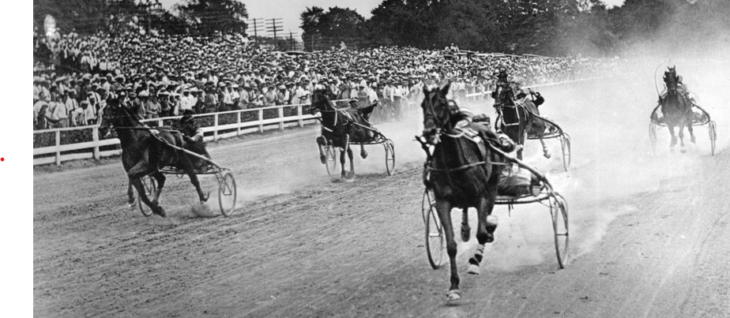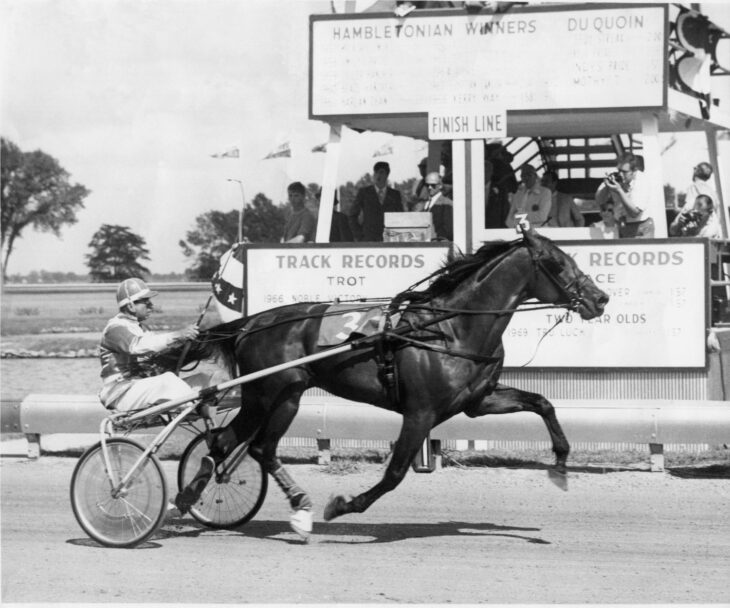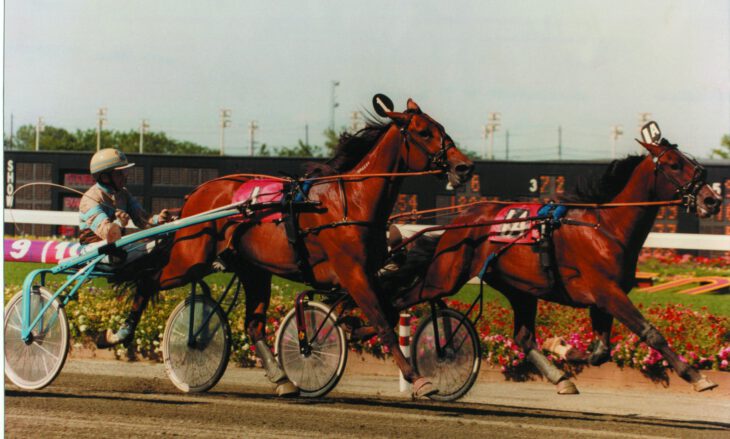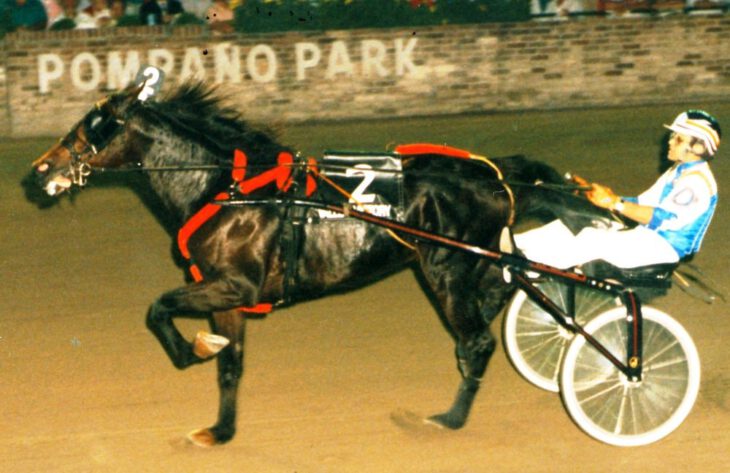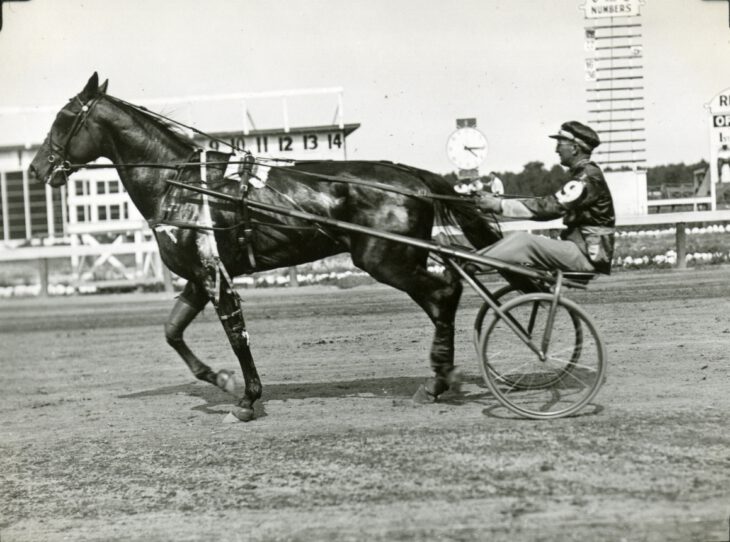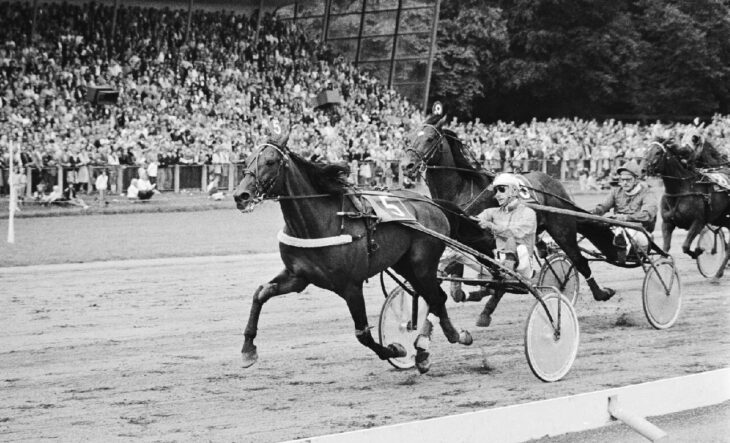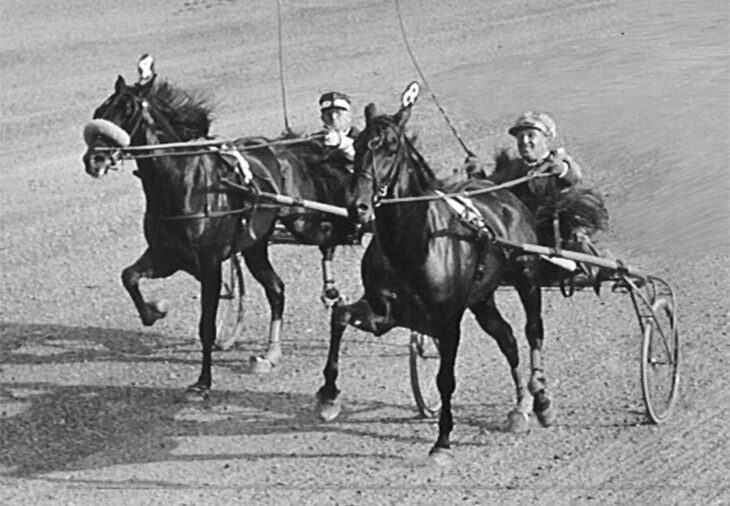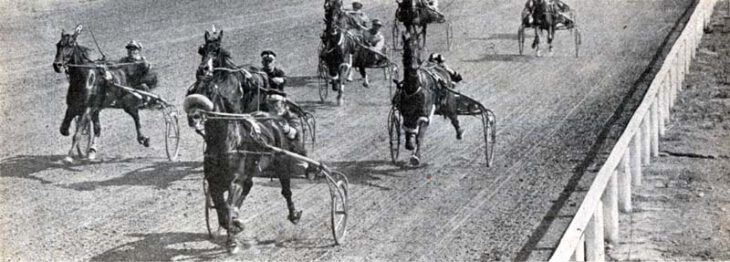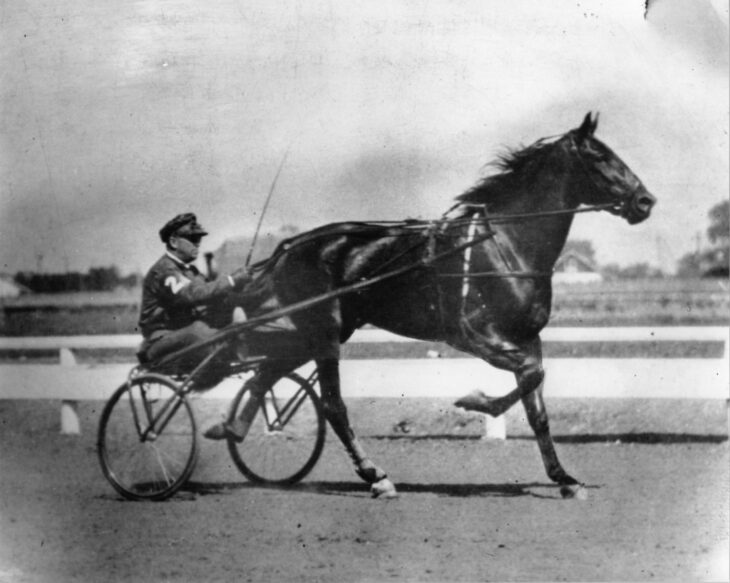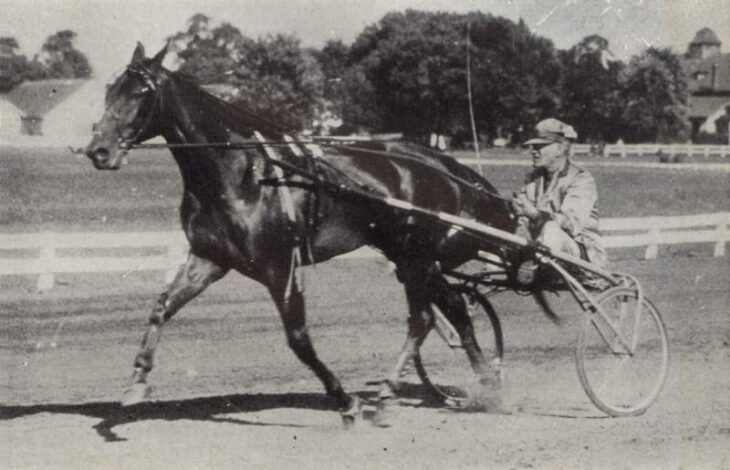The third filly to win the big race, The Marchioness was the first winner of a four-heat Hambletonian, the first winner with a female owner and the only one whose trainer and driver previously trained trotters for the Russian czar.
Read MoreHambletonian
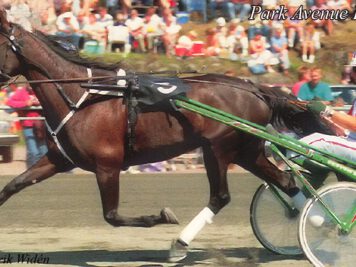
The queen’s terrible demise
She was a really good youngster in the US, winning the Hambletonian Oaks and Kentucky Futurity filly, and blossomed into one of...
Read More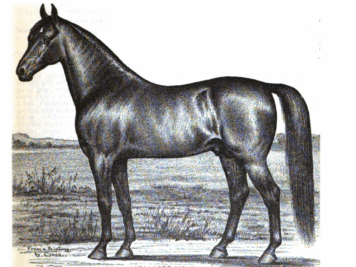
The great horse of San Mateo (and the Captain’s mare)
She was one of the most famous trotters around the time Hambletonian was born, but we don’t even know her name. In the mid...
Read More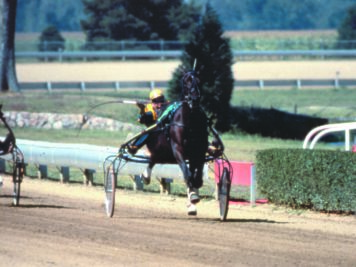
The terror
In the case of Nevele Pride, it is not only the horse that is legendary, but also his temperament. For every great race-related...
Read More
The last Yankee superstar
He was the last superstar trotter bred by Yankeeland Farms, the legendary Maryland-based farm that closed its doors in 2006...
Read More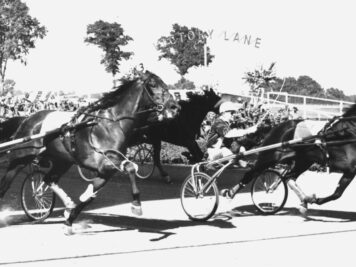
The juvenile delinquent
The third horse to win the trotting’s Triple Crown, Ayres, was always an great talent, but at 2 there were question marks...
Read More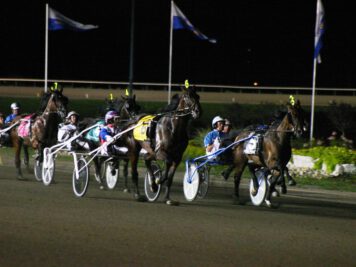
The bargain basement superstar
A $2,000 yearling at the Tattersalls Select Yearling Sale in September 2001, the price tag gave no indications of what was to...
Read MoreFrom humble beginnings, he became one of the best three-year-olds, then went on to dominate as an aged trotter. In was at stud he established himself as one of the true legends of trotting, though, but it was a stroke of luck that Speedy Crown wasn’t lost to American trotting after his two-year-old season.
Read MoreHe was the unlikeliest of Hambletonian heroes. His breeder felt forced to buy his dam despite not wanting her, and also felt cheated when he first saw his new broodmare. His trainer cheered for another horse. His driver felt so sure he couldn’t win that he didn’t even invite his family. But in the 1992 Hambletonian final, Mickey McNichol and Alf Palema found the tiniest of openings to sprint to victory.
Read MoreHe is one of the most influential and best stallions of all times, and has been a breed changer for American trotting. It could easily have been very different, because Valley Victory was nearly lost to US breeders twice before he even started his illustrious stallion career. Sweden’s loss was North America’s gain as the super stallion proved to be a real breed changer despite poor fertility.
Read MoreHe was the talent that didn’t quite live up to his pedigree and the expectations. Sold to Europe, Brother Hanover produced tremendously well at stud in both the Netherlands and Germany and was an active stallion until his 30s.
Read MoreThey bought the injured colt and brought him to Europe for stallion duty. But when Pershing healed he looked so good it was decided to race him, a decision that necessitates his owner to have to buy him again. But shelling out again for the excellent trotter who set three world records was an easy decision for his Swedish owner.
Read MoreIn 1938, Good Time Stable owner William Cane sold McLin, shortly after renamed McLin Hanover, just one week prior to the Hambletonian. In 1946 he repeated that by selling Chestertown to Walter E Smith of Los Angeles, president of the Western Harness Racing Association, just three days prior to the biggest race. Both horses, of course, went on to win the Hambletonian.
Read MoreIt’s a good thing horses don’t know what humans expect of them, otherwise chances are high that Victory Song would have crumbled under pressure. The blue-blooded colt struggled with unsoundness throughout his career and was seen as lacking mental toughness. When it clicked, though, the horse was a phenomenal trotting machine who some people even thought could challenge Greyhound’s legendary record.
Read MoreBeing first usually carries prestige and being the first Hambletonian winner carries a certain immortality to it. The massive $73,451.32 purse – more than five times the 1926 Kentucky Futurity purse ($14,000) – attracted 14 hopefuls to the mile track in Syracuse. While Hazleton was the pre-season favorite, Guy McKinney was not considered to have much of a chance. A new trainer turned the colt around, however and Guy McKinney went on to have a great three-year-old season.
Read MoreVolomite is generally considered one of the best stallions in trotting history. It’s important to remember, though, that Volomite was only the second best in his crop on the track. However, while Volomite proved his worth at stud in safe surroundings in the US, quite the opposite was the case with his superior, Walter Dear, who eventually was trapped in a war-torn Germany.. This is the story of the only Hambletonian winner in history whose fate is unknown.
Read More
